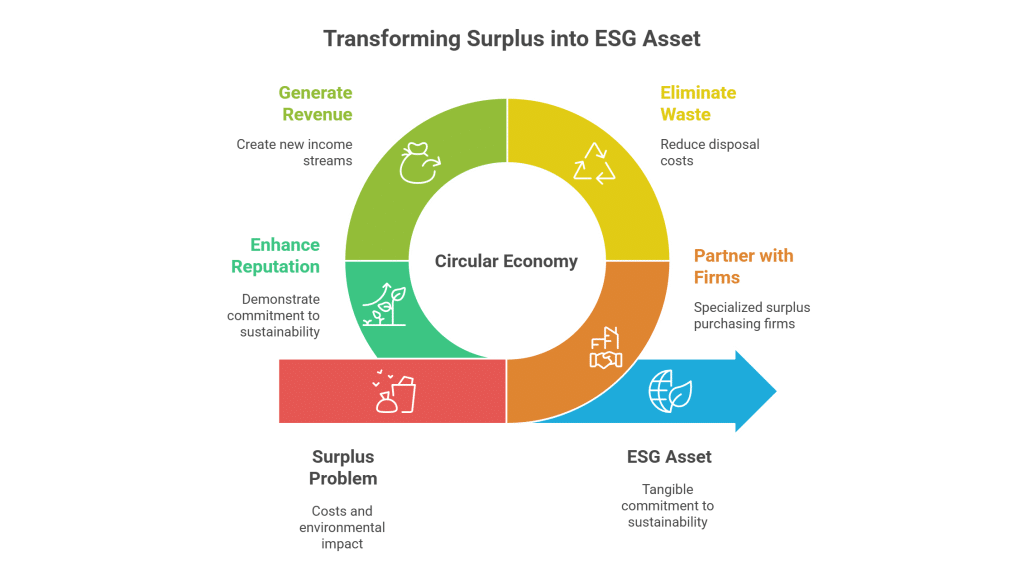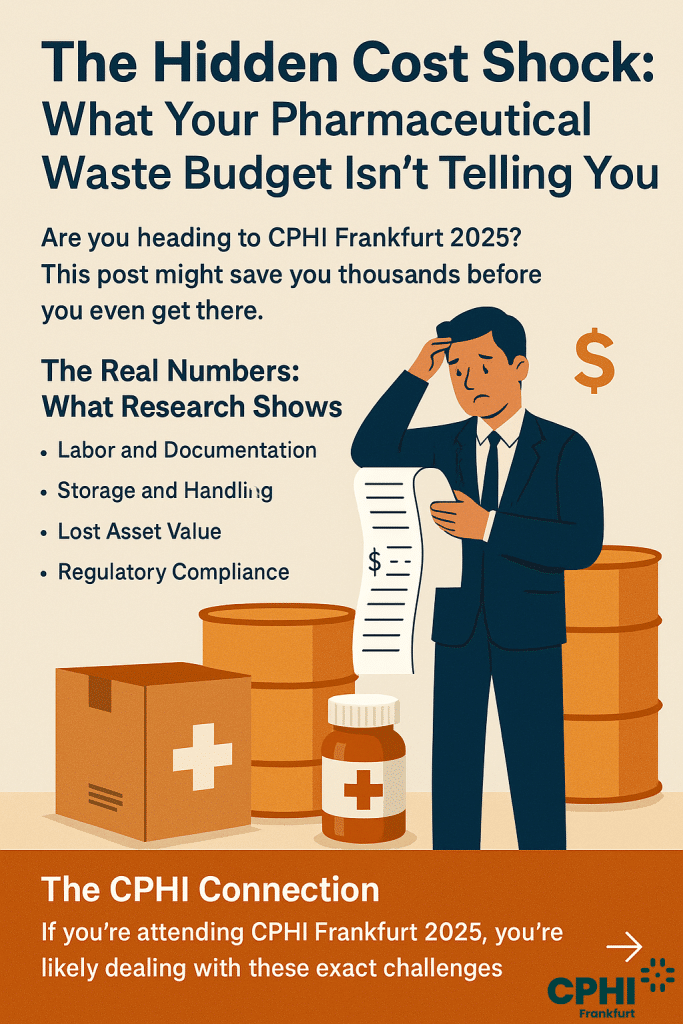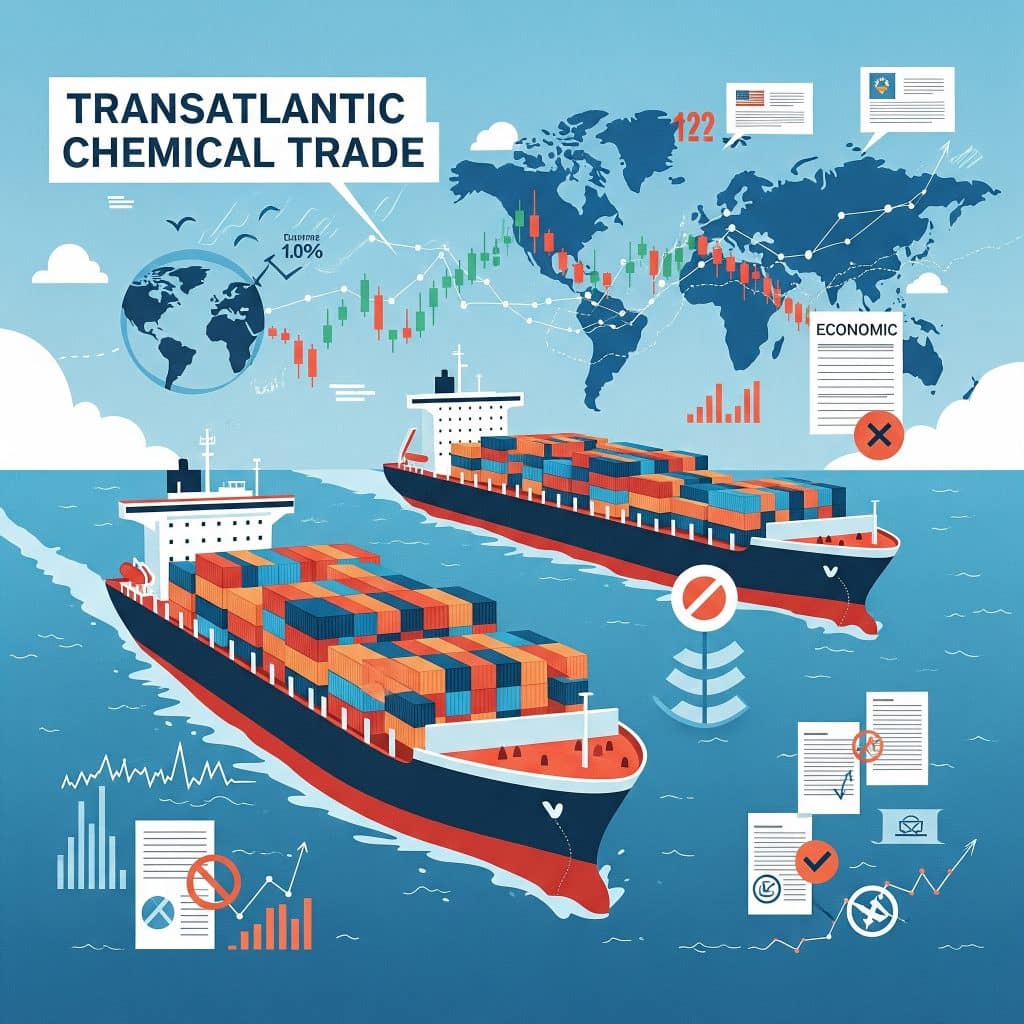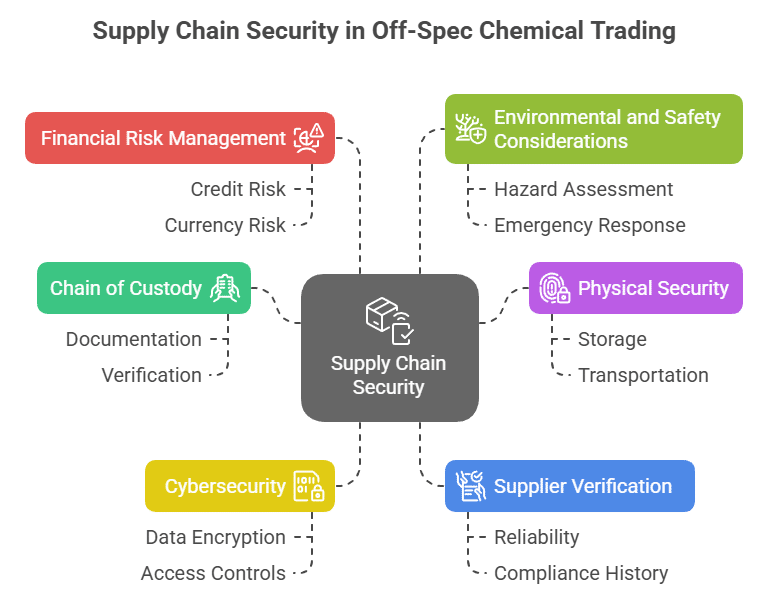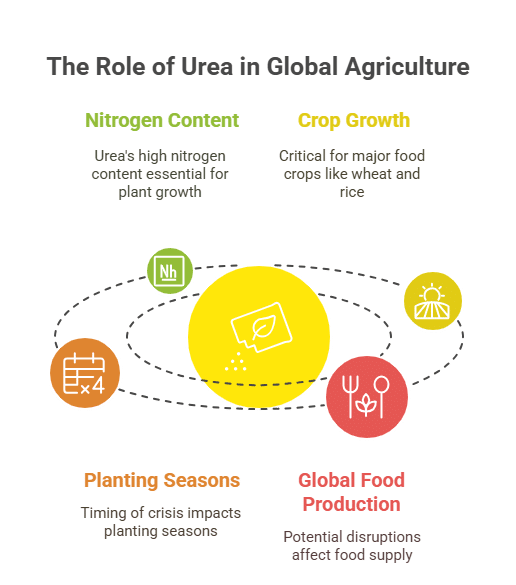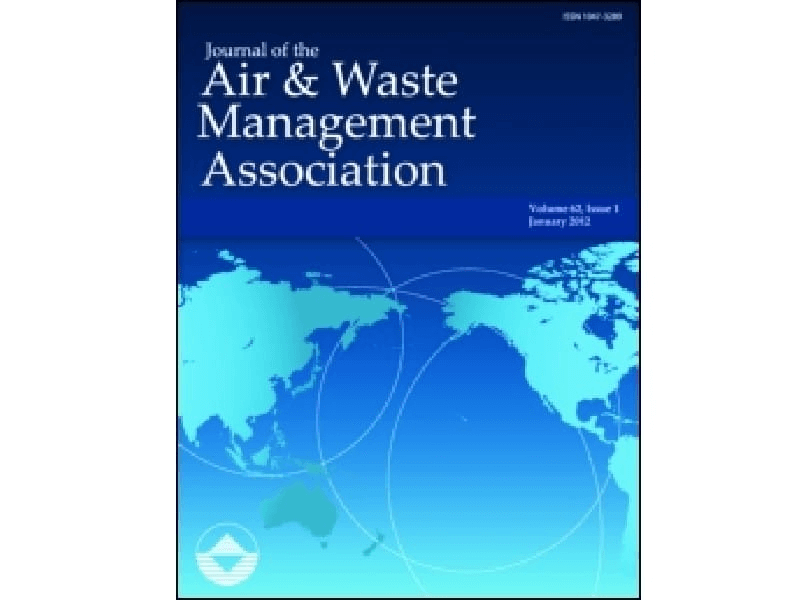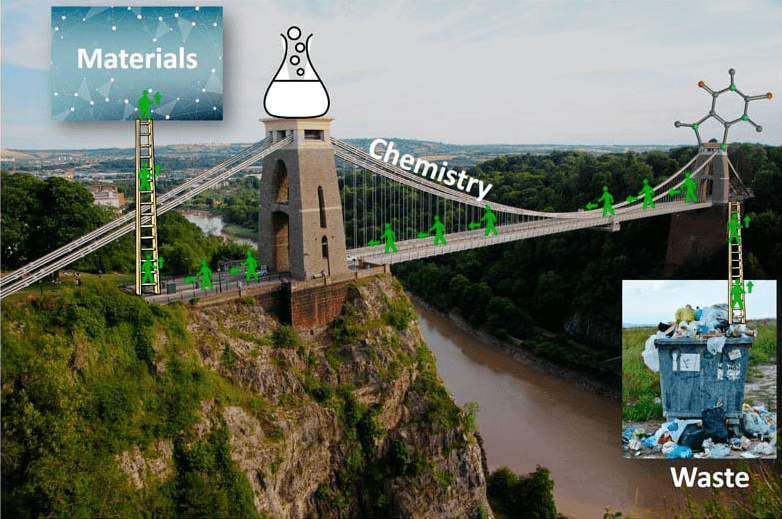Unlocking the Value of Surplus Glycerin in Personal Care & Food Processing
Glycerin (glycerol) is a versatile, clear, and viscous liquid known for its hygroscopic and moisturizing properties. Widely used in both personal care and food processing industries, glycerin serves as a humectant, solvent, and preservative. As surplus inventory, excess glycerin holds significant value, allowing companies to trade unused or excess stock rather than incurring high storage or disposal costs.
Glycerin (Glycerol) Surplus Trading in Personal Care & Food Processing - Sustainable Chemical Solutions
Trading surplus glycerin offers a compelling value proposition. Companies can recover costs, free up storage space, and eliminate expensive disposal charges by selling excess chemicals. This approach not only generates revenue but also reinforces sustainability initiatives through responsible chemical management. By leveraging surplus trading platforms, businesses achieve cost-effectiveness while supporting environmental stewardship and adhering to regulatory guidelines.
Looking at buying glycerol?
Consider purchasing surplus or second-hand glycerol stocks to significantly reduce costs and promote sustainable practices.
Selling glycerol?
If you have excess glycerol from production overruns or leftover inventory, we can help you connect directly with interested buyers. We specialize in bulk transactions, providing competitive pricing, efficient logistics, and streamlined processes. Choose us to ensure quality transactions and maximize value from your surplus glycerol inventory!
Glycerin (Glycerol) in Personal Care & Food Processing: Applications and Benefits
Buyers benefit from acquiring surplus glycerin at competitive prices, ensuring a reliable and sustainable source for high-quality ingredients. The cost savings allow companies to innovate and optimize product formulations while meeting stringent quality standards required in personal care and food processing industries.
For sellers, offloading surplus glycerin results in significant cost recovery by freeing up storage space and reducing the burden of disposal. It eliminates the risks associated with chemical degradation over time and minimizes expenses related to regulatory compliance and disposal costs.
Table of Contents
Successful Surplus Glycerin Trading Elevates Product Quality and Efficiency
A leading manufacturer in the personal care and food processing industries recently turned to surplus trading to manage excess glycerin inventory. By connecting with a trusted surplus chemical trading platform, they offloaded unused stock, recovering significant costs while freeing valuable storage space. The reclaimed glycerin was then reintroduced into their production lines, boosting product quality and consistency in moisturizers and confectionery items. This strategic move not only enhanced operational efficiency but also contributed to their sustainability goals, demonstrating how surplus chemical trading can drive innovation and environmental responsibility.

